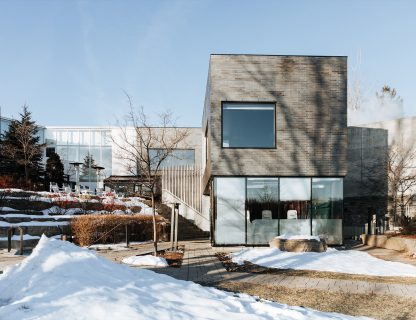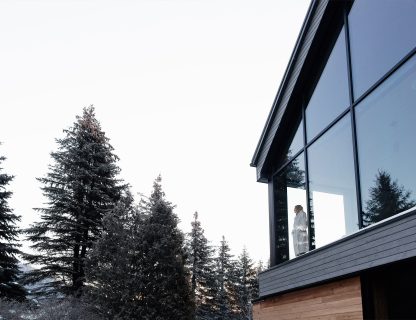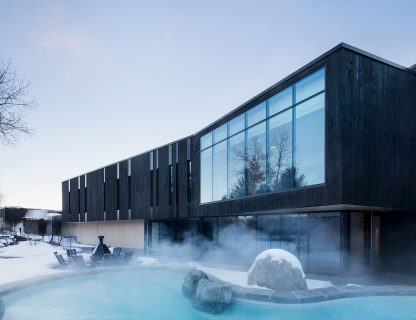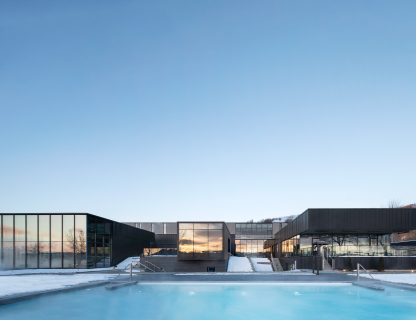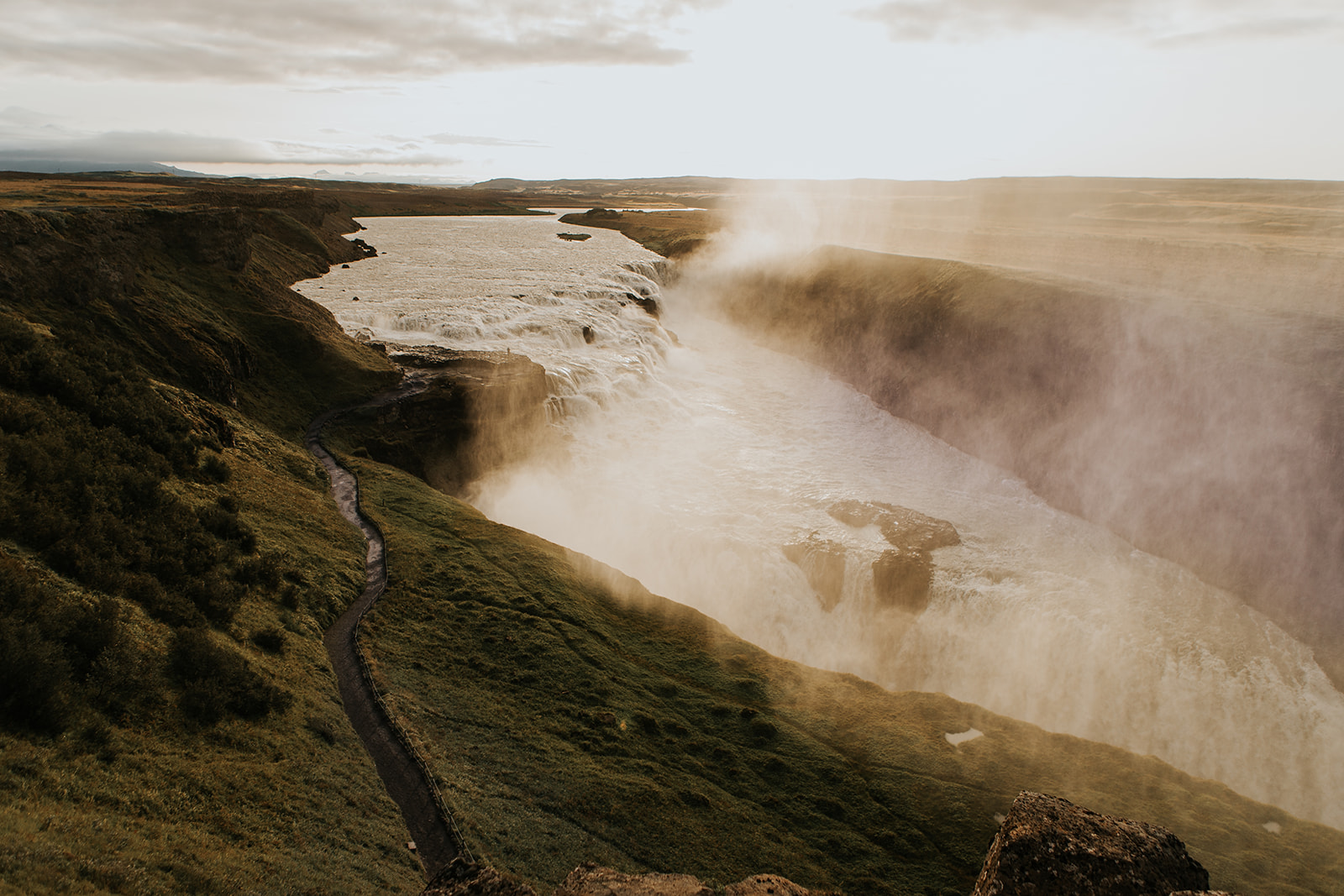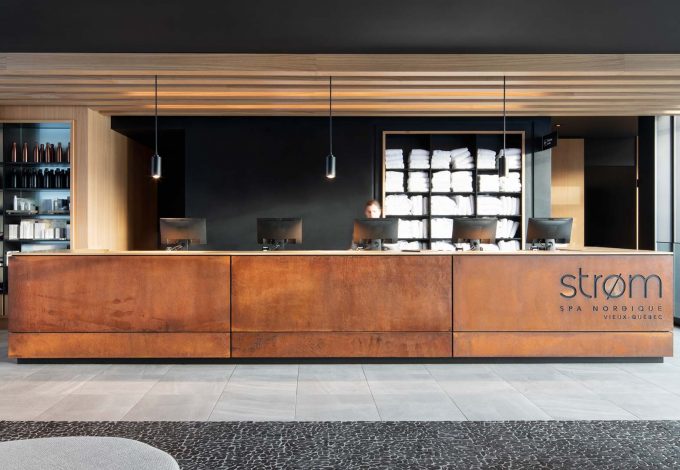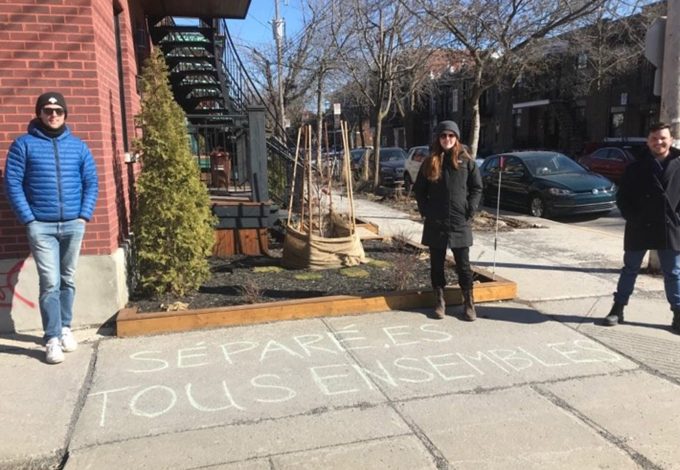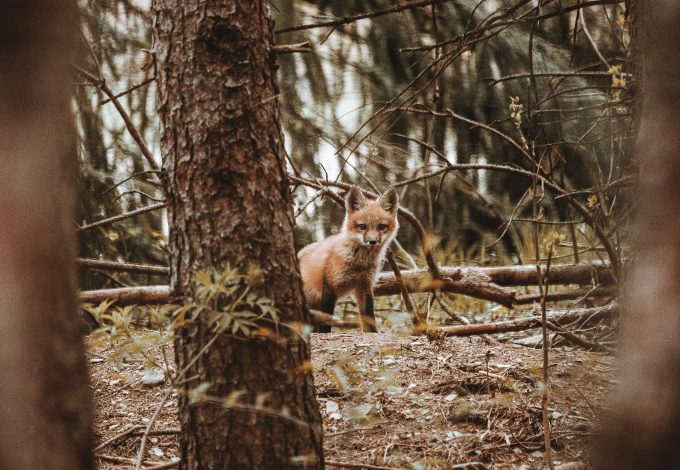The fields of fir trees and the lakes camouflaged by the reliefs of the ground; the unstable network and the timid flickering of the Wi-Fi bar; unoccupied chalets and abandoned businesses… they have all been a real eye-opener for my relationship to the arts.
Inspired by Thoreau and the countless voices of the call of the wild, spring 2020 and the passage of all its facets into virtuality led me to multiple adventures in distant territories.
If the absence of museums and art galleries offering trendy happy hours and academic conferences was certainly noticed, time and space quickly made me understand that I had a lot to learn from the quietness of rural areas.
By letting myself be invaded by landscapes and broadening my definition of the word “culture” to include “nature”, I found that there was more to learn about the arts as I wandered through the trees and the seasons than I did by frantically consuming views of exhibitions on a screen.
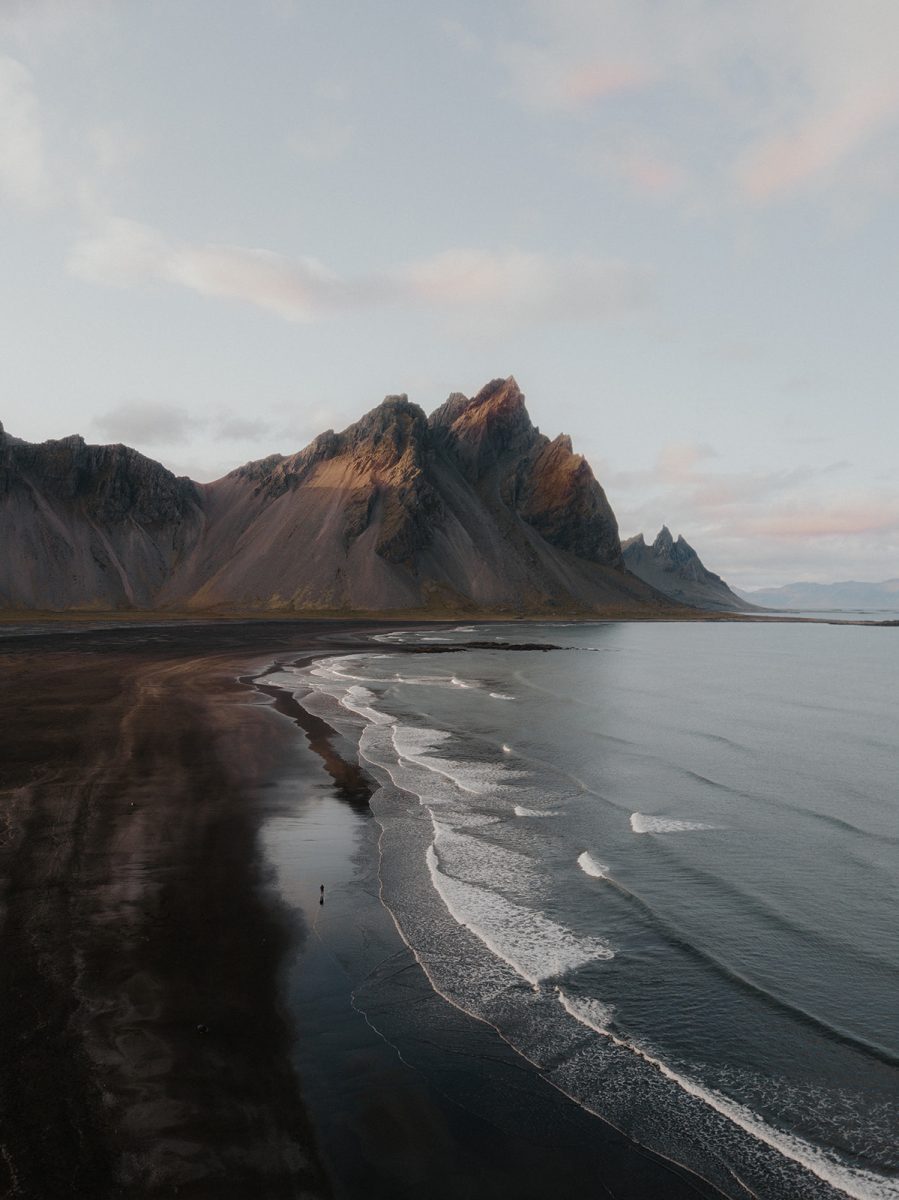
© Bianca Des Jardins
Here are three lessons that allow me today to approach artistic production more peacefully and intuitively
1. Reconnect with the notion of emptiness
Switching from a hectic lifestyle in the city to the slow pace of life in the region means reconnecting intimately with this idea of nothingness. When birds outnumber humans, the omnipresence of emptiness manifests itself through silence; and the hours are dispersed to give way to great inspirations and great ideas.
In her book How to do nothing, artist and writer Jenny Odell testifies of the importance of spending more time on this concept of emptiness in our daily lives. In order to better meet our thoughts and re-establish a link with what surrounds us, Odell suggests directing our attention to spheres that have no relation to productivity or even to consumption. In her erudite and poetic work, the author, in a way, defends boredom. She reminds us that it is often at the heart of times of inactivity, or even wandering, that we have access to our full sensitivity and creativity.
Discover the book : How to do nothing
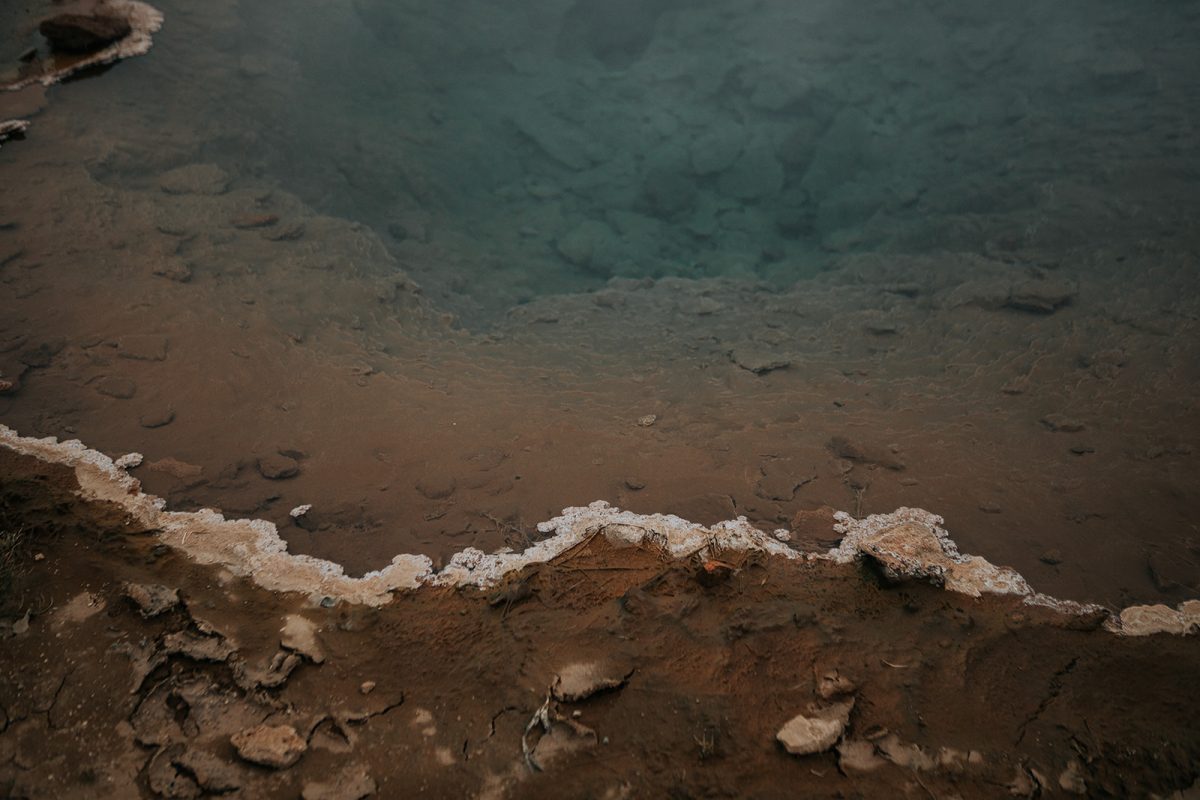
© Bianca Des Jardins
It is in calmness and availability that we allow ourselves to be struck by the climaxes of the greatest plays, the allegories of the most eloquent paintings and the harmonies of the most bewitching songs.
My exodus to the countryside reminded me to choose emptiness over the automatic response of hyperconnection. It reminded me to approach the street, the neighbourhood and the sky as one would approach a visit to a museum: with slowness, contemplation and openness. Finally, it also showed me that it is in space — in what is around us — that we encounter this infinity that allows us to be touched.
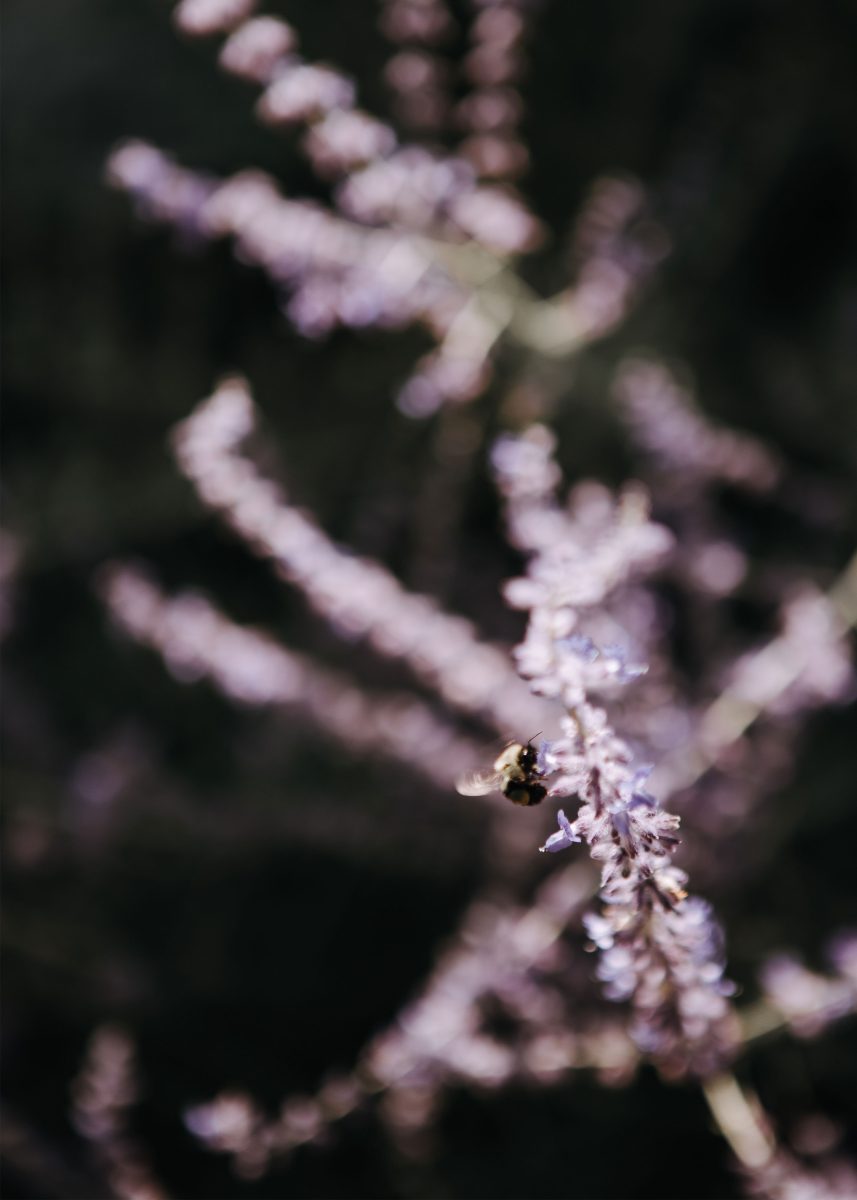
© Bianca Des Jardins
2. Trust your senses
The noises of the city and of everyday life sometimes force us to mute some of our senses, in order not to be overwhelmed or overloaded. We are used to ignoring some of our sensations to be able to function more efficiently, in contexts where stimulus levels are surprisingly high.
To grasp the resonances of a work or of any cultural production, one must however be able to receive it in its entirety, in the tangible as well as in the intangible; by taking advantage of each of the intuitions that caresses or pierces us.
As the philosopher and art historian Walter Benjamin pointed out in his famous essay The Work of Art in the Age of Mechanical Reproduction, art exists beyond the visible. A large portion of what it feels like to encounter a cultural production is its aura, uniqueness and metaphysical qualities. Art goes through all of our physical sensations. From the tips of our fingers to the tips of our toes, it positions itself in space, in relation to our body and the here and now.
Discover the book : L’œuvre d’art à l’époque de sa reproductibilité technique
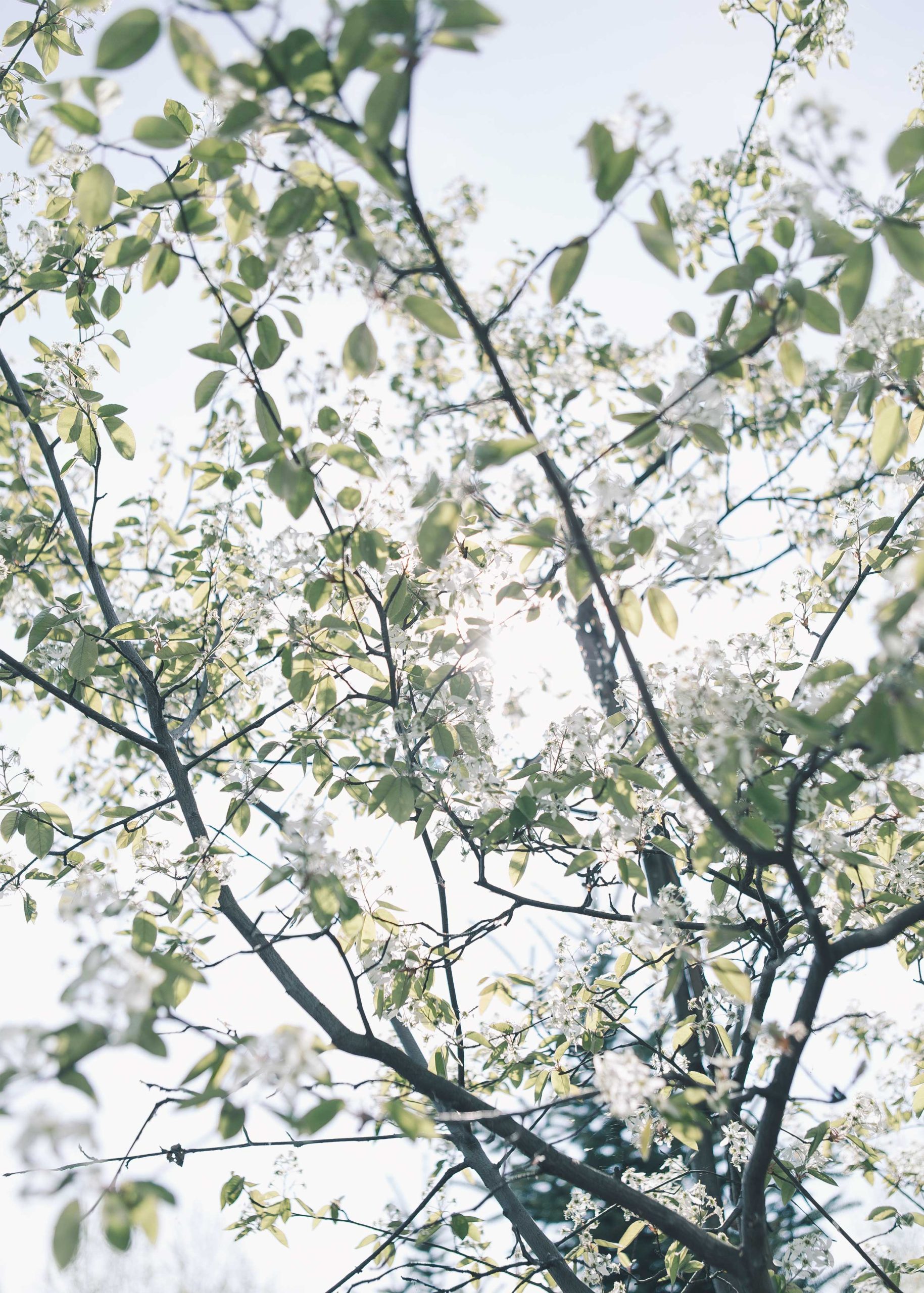
© Bianca Des Jardins
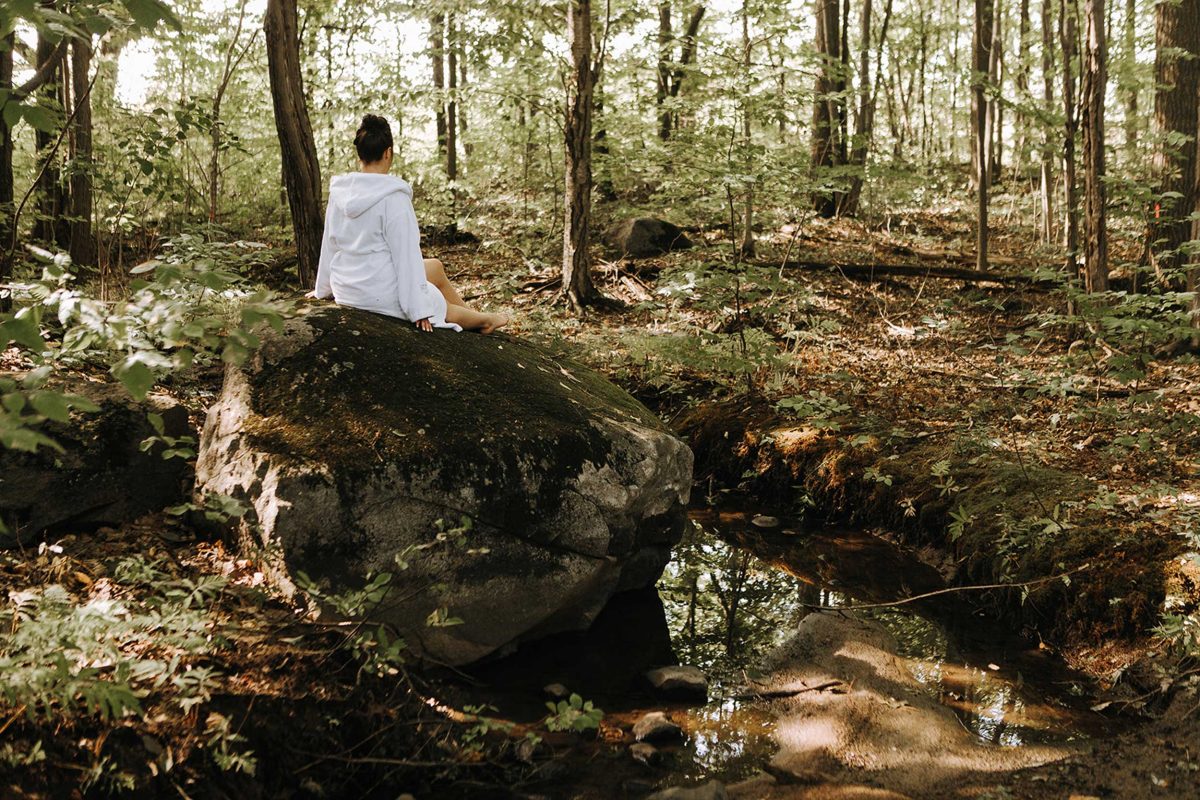
© Bianca Des Jardins
By moving away from the urban hustle and bustle, I learned to reconnect with some of my sensory skills, especially by being closer to nature. Noticing more the positioning of the moon and the sun, the temperature variations or even the aromatic evolution of certain plants helped me to receive the messages sent to me by all of my senses. I have learned to trust intuitions that emanate from beyond my visual perception of reality.
3. Open up to local heritage
While the first two lessons I was able to draw from moving outside the city are more about an introspective relationship to the arts, the third is mainly linked to its intrinsically collective aspect.
Growing up in territories where the arts are often confined to specific places, we sometimes fail to grasp the strength of their presence in our daily lives, in spaces that extend beyond the four walls of a hall exhibition or theater.
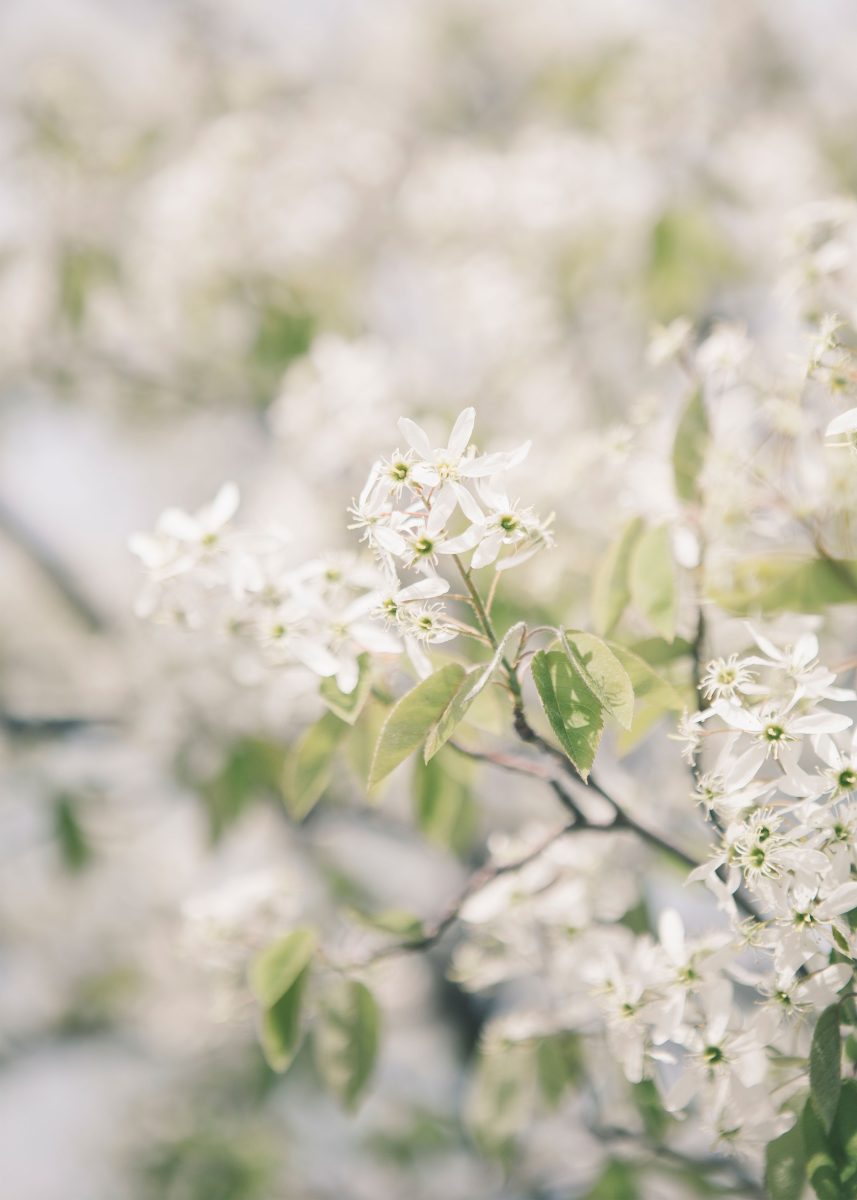
© Bianca Des Jardins
Without having museums or art galleries, certain regions of Québec have managed to keep culture alive by nourishing it on a daily basis, through oral heritage, local history and the enhancement of exchanges to keep the community tightly woven. These places where interactions are rich and easy remind us that culture is everywhere around us, all the time. It resides in the ties that unite us, in the history that stands behind the names of certain places and in the collective memory that emanates from heritage, more broadly. Culture is not just a matter of spaces dedicated to the production of the artistic elite: it is the glue of all communities.
In the absence of museums — whether for geographical or contextual reasons — perhaps we should start by encountering this local heritage. Chat with our neighbours, wonder about the origin of the name of our street or even venture into our neighbourhood, without having a specific destination…
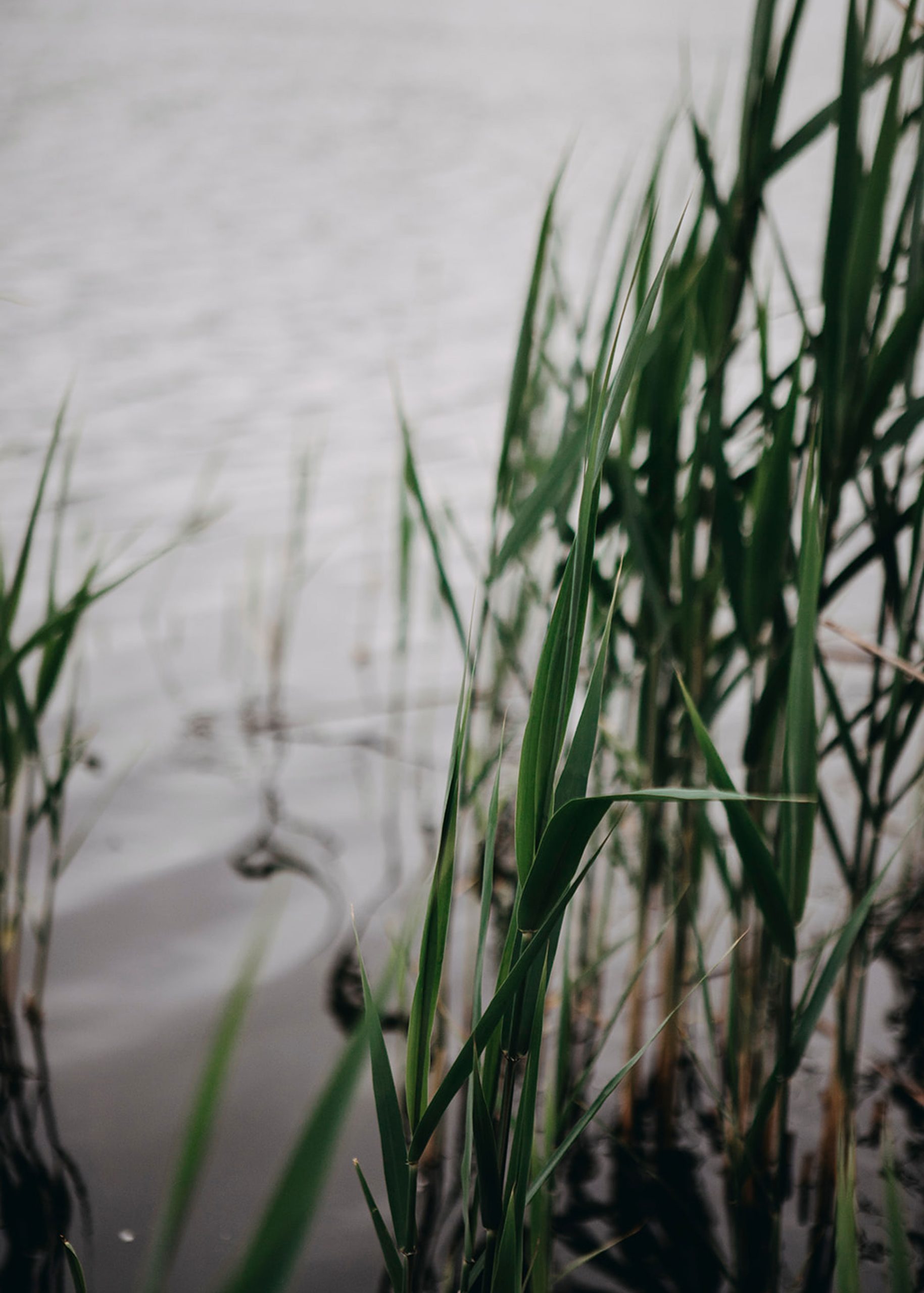
© Bianca Des Jardins
